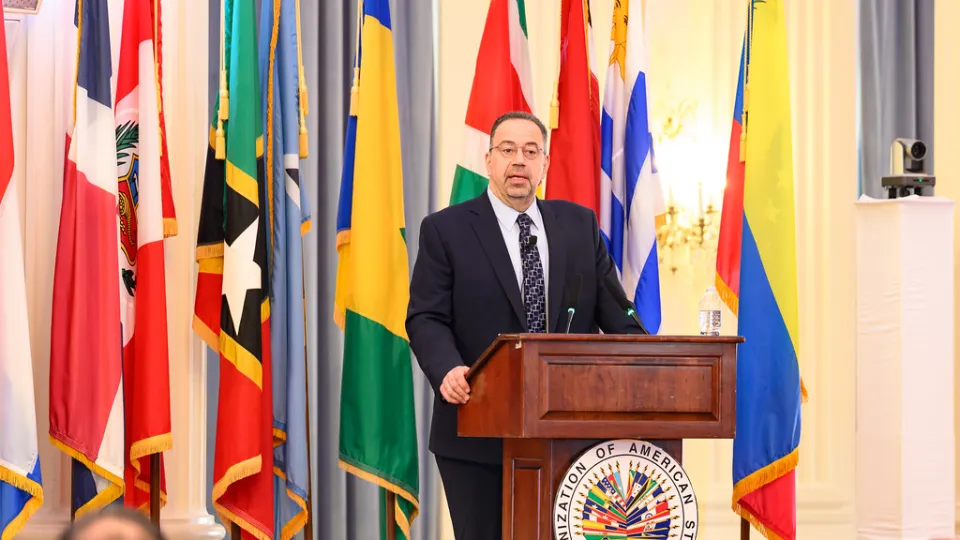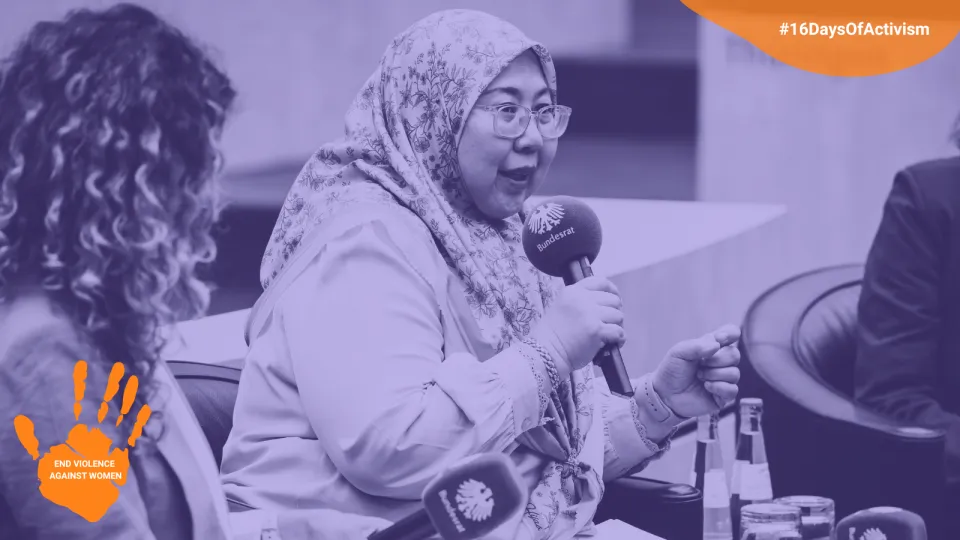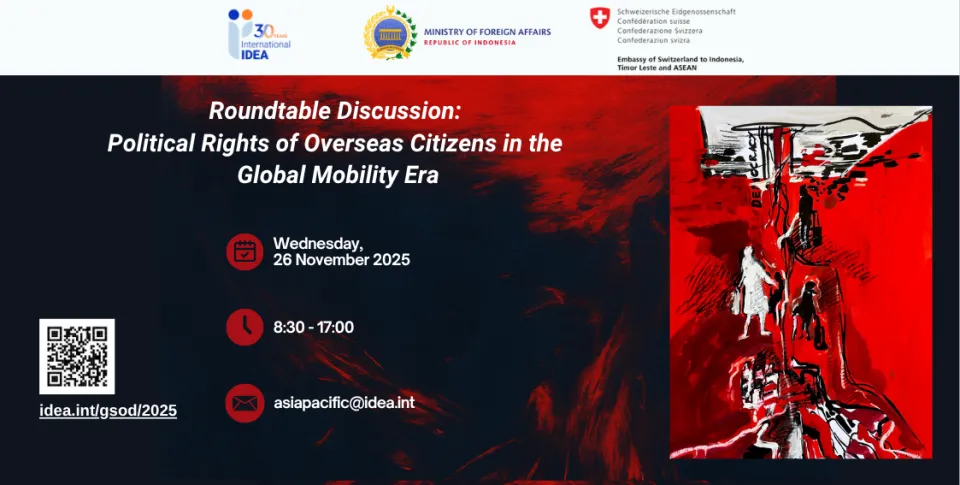Elections in Nepal remain vulnerable to violence
On 3 September 2012, International IDEA presented its Electoral Risk Management Tool to the staff of Nepal’s Election Commission (ECN), at the newly established Election Education and Information Center (EEIC)* in Kathmandu.
Nepal’s Acting Chief Election Commissioner, Neil Kanta Upreti, said that ECN is keen on adopting the Tool to support the country’s forthcoming comprehensive strategy on preventing electoral violence.
The Electoral Risk Management (ERM) Tool is a software application designed to empower those who have immediate responsibility or a specific interest in preventing and mitigating election-related violence. So it is of interest to electoral management bodies, security sector agencies, civil society and other state and non-state actors. The ERM Tool aims to build the user’s capacity to understand, analyze, prevent and mitigate outbreaks of election-related violence. The Tool’s knowledge resources integrate cross-cutting topics and build users understanding and awareness for related concepts and challenges.
Participants at the presentation - around twenty ECN senior staff members and colleagues from UNDP/Electoral Support Program and IFES - expressed keen interest in learning more about the ERM Tool. Questions were asked about internal security, whether the Tool can be localized and customized using the Nepali alphabet and what kind of capacity building is required to come to grips with using it.

Photo ©: Nepal office/International IDEA
Discussion also centred on prevention and mitigation aspects of the Tool. Once the risks are identified, then what? Is the Tool helpful in suggesting ways to tackle and mitigate the risks? International IDEA’s Sead Alihodzic explained: “The Tool includes points of action for mitigation and suggests ways of approaching the identified risks - much depends on accuracy and quality of the data inserted as well as on readiness by the national actors to respond - at the end of the day the Tool is as good as its users.”
Nepal’s next elections
The nature and timing of the next elections remain unclear: Nepal’s new constitution prepared by the elected Constituent Assembly (CA) was supposed to be ready by May 2012 – however the CA was dissolved without promulgating the new constitution or agreement on next elections.
Elections for the CA itself in 2008 occurred in the aftermath of the 2006 Comprehensive Peace Agreement, and the political parties’ goodwill at the time contributed to relatively peaceful elections. Even so, they were not totally free from electoral violence.
“Nepal’s elections remain vulnerable to violence, we should not forget that in the 2008 elections, which were considered free and fair, 14 people died in incidents of electoral violence, and violent clashes leaving people injured took place around the country“, noted Prabhat Kumar, currently National Geographical Information System (GIS) officer at UNDP. “It is likely that in the next elections, stakes are high and the risk of interparty as well as intergroup violence is high,” Kumar concludes.
Joint Secretary of the Legal Department of ECN, Madhu Regmi, also assessed the main challenges in Nepal’s next elections. He said that “the new risk in Nepal is conflict based on ethnicity – much will depend on the political circumstances and atmosphere in which the next elections are to take place. Communal violence is the type of violence that is very difficult for the ECN to manage.”

Photo ©: Nepal office/International IDEA
Nepal’s political parties and groups are yet to agree on the shape of the new federal structure: will the future states be carved out according to population clusters or some other criteria? Another major challenge identified by Regmi is the use of illegal money and corruption in the elections – these can also lead to clashes at the local level, either during the election, or afterward when the promises made by politicians in order to get access to funds are expected to materialize. “The Electoral Risk Management Tool could be well used in transforming data from various sources to one consolidated database”, concluded Regmi.
Comprehensive strategy
Alan Wall, country director for IFES and a renowned expert in electoral processes, was of the opinion that the ERM Tool is filling the gap in the field of electoral risk management. However, he noted that “moving from identifying the risks, to mitigating and acting on them would require ethical reactions from responsible people in government.”
With the support of UNDP’s Electoral Support Program, the ECN will shortly prepare a comprehensive strategy to prevent electoral violence in Nepal. UNDP is also engaged in developing an electoral database which uses the GIS application, among others, for electoral risk mapping. International IDEA and UNDP/ESP have discussed possibilities for collaboration and incorporating the ERM Tool into the existing framework of tools.
Early versions of the ERM Tool have been pilot-tested by civil society organizations in Colombia and Sri Lanka: namely by La Misión de Observación Electoral and Centre for Monitoring Electoral Violence respectively. The ERM Tool is currently being piloted in Kenya and Bosnia through partnerships with the Independent Electoral and Boundary Commission of Kenya and the Central Election Commission of Bosnia and Herzegovina.
* The EEIC, which is part of the ECN, is a state-of-the-art resource center which opened in May 2012 and is used for conveying electoral education to the public. The EEIC’s facilities include a mini-theatre, interactive area, mock election room, museum, e-library and space for research, training and public outreach.




